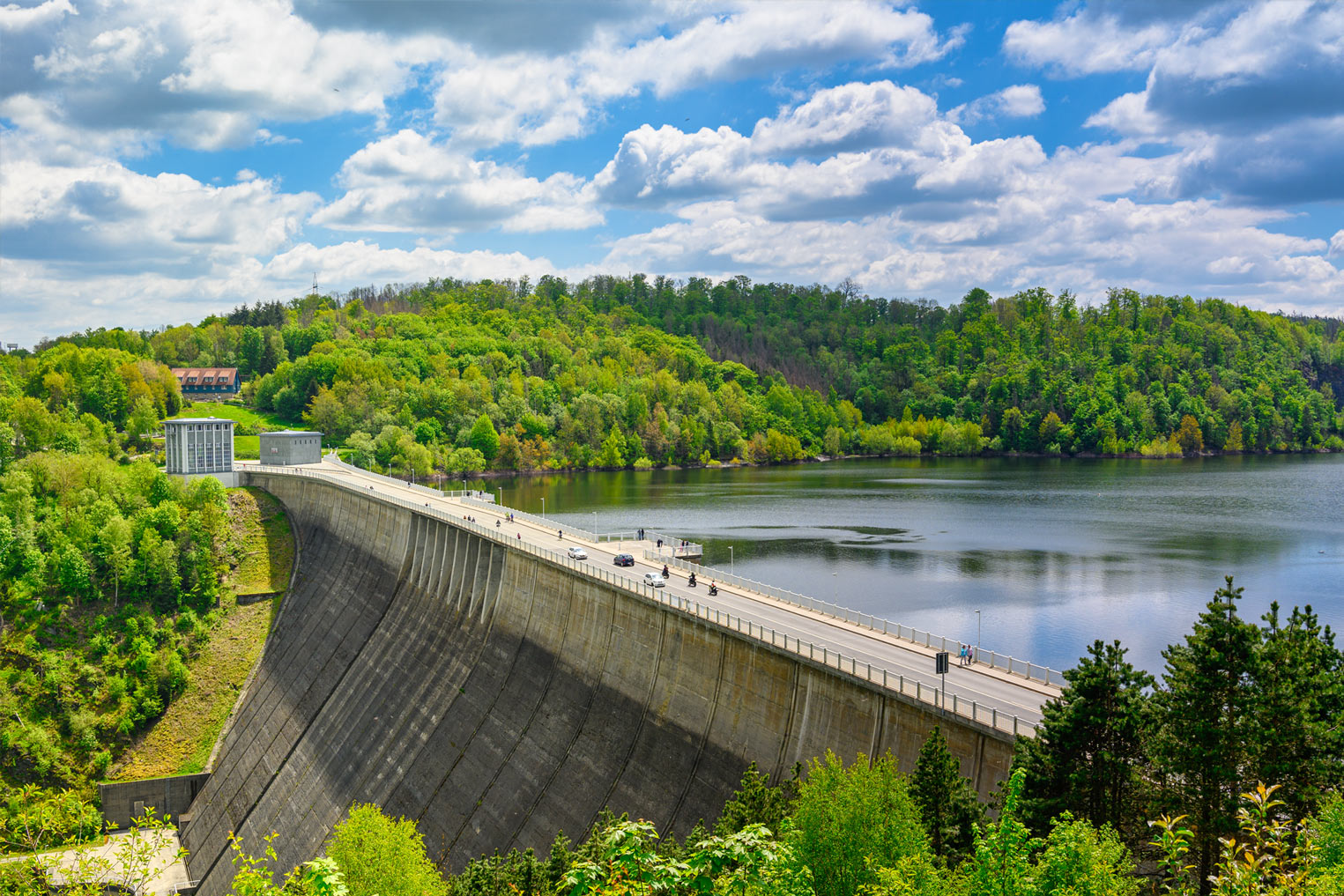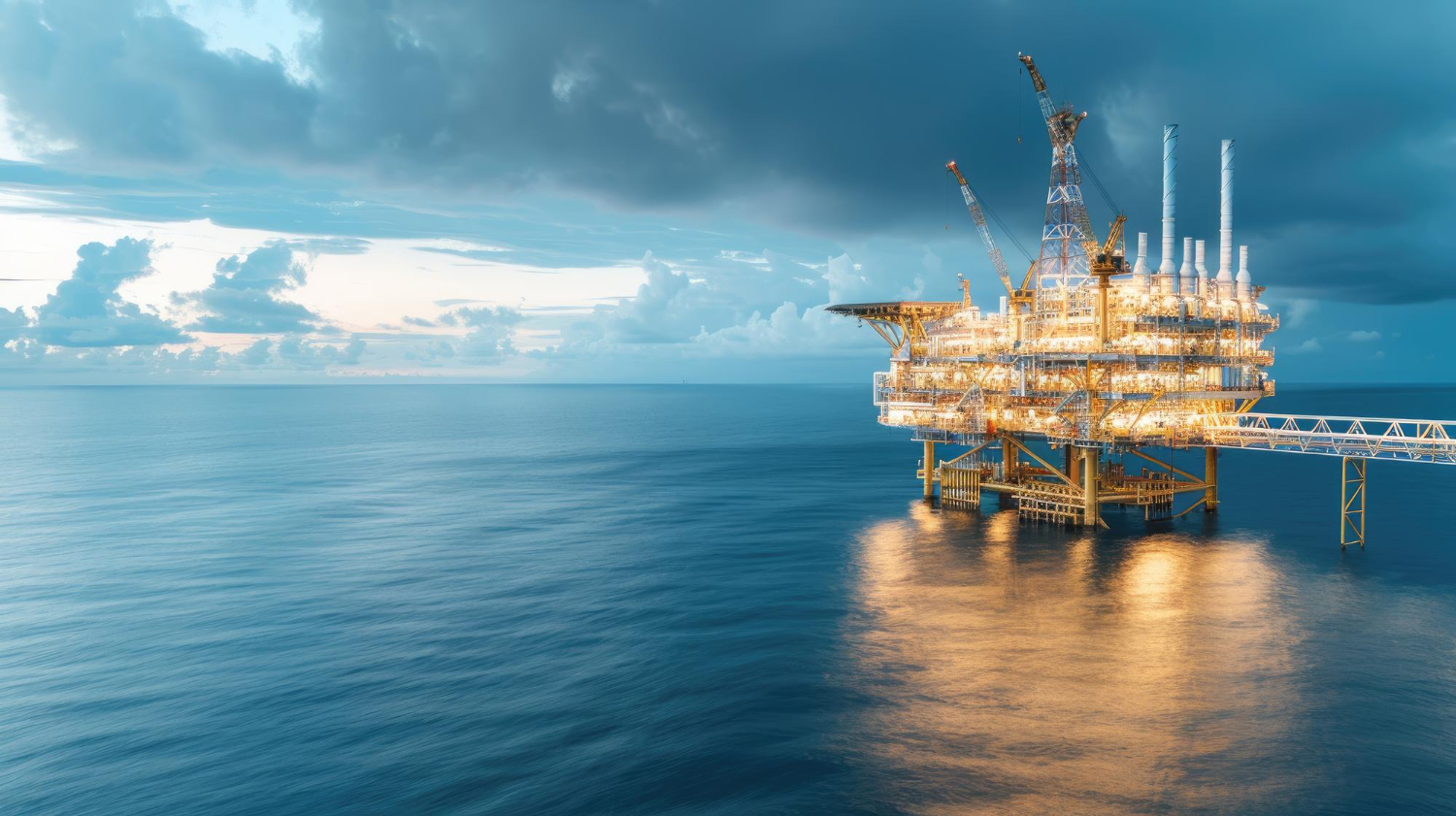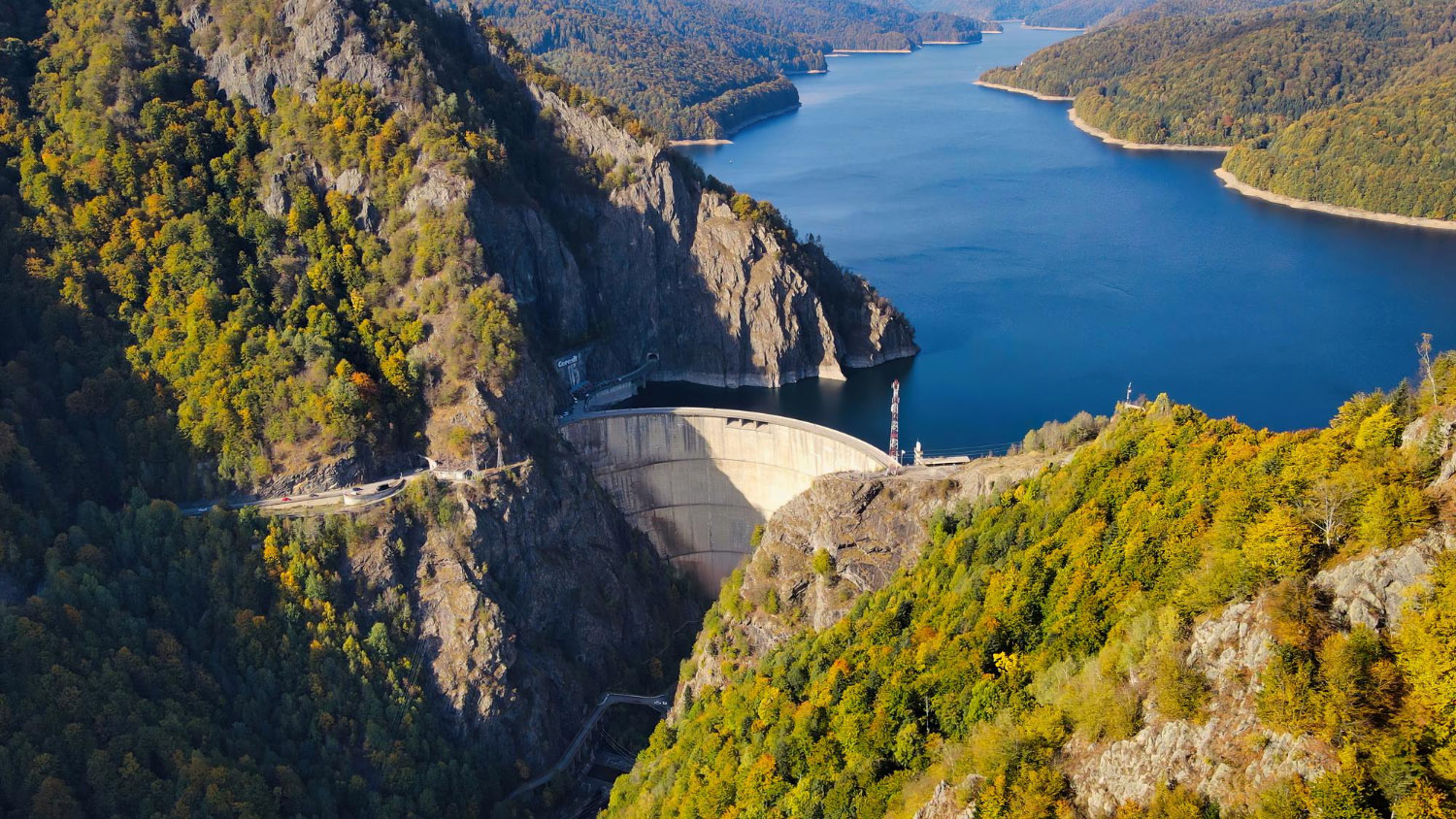"Romania benefits from a high potential of hydropower resources. Out of a total theoretical linear potential of about 70.0 TWh/year, the theoretical linear potential of inland waterways is about 51.6 TWh/year, and that of the Danube (Romanian part only) is estimated at about 18.4 TWh/year."
(draft "Romania's Energy Strategy 2020-2030, with a view to 2050"published by the Ministry of Economy).
According to ANRE, hydropower currently has the largest share in our country's energy mix, at 26.47%. Installed power in all electricity generation units in Romania is 18,309 MW (megawatts), or 18.3 GW (gigawatts).
Largest share in the energy mix
Reducing greenhouse gas emissions
The hydropower sector, through large and small-scale developments, is an important source of energy for our country, and its development will contribute to supplying economic and domestic consumers, as well as to reducing Romania's greenhouse gas (GHG) emissions.
According to ANRE, hydropower currently has the largest share in our country's energy mix, at 26.47%. Installed power in all electricity generation units in Romania is 18,309 MW (megawatts), or 18.3 GW (gigawatts).
The most important hydropower plants
currently existing on the surface of our country are, according to hydroelectrica.ro:
Iron Gates 1
The hydropower plant was commissioned in 1972
Lotru-Ciunget underground hydroelectric power plant
The hydropower plant was commissioned in 1972
Retezat hydroelectric plant, Hunedoara
The hydropower plant was commissioned in 1986
Iron Gates 2
The hydropower plant was commissioned in 1984
Vidraru Power Station
The hydropower plant was commissioned in 1966
Marișelu hydroelectric power plant
The hydropower plant was commissioned in 1977
"Dimitrie Leonida" hydroelectric power plant
The hydropower plant was commissioned in 1960
Lotru-Ciunget underground hydroelectric power plant
This hydropower plant is located on the Lotru River in Valcea County and has an installed capacity of 510 MW.
Lotru hydropower development "is the most complex in Romania's inland rivers, and at the same time it is unique in terms of the planning scheme adopted, which is based on the principle of concentration of flows and falls. Thus, both the waters of the Lotru river basin, on which the development is located, and those of the neighbouring river basins, are directed by gravity and pumping to the Vidra lake, which is the main accumulation of the development". (hydroelectrica.ro)
Also built underground, on the Mare River in Hunedoara County, the Retezat Hydropower Plant has an installed capacity of 335 MW and was built between 1977 and 1986. It produces an average of 605 GWh per year.
Retezat hydropower plant in Hunedoara county
Also built underground, on the Mare River in Hunedoara County, the Retezat Hydropower Plant has an installed capacity of 335 MW and was built between 1977 and 1986. It produces an average of 605 GWh per year.
Iron Gates II Hydropower Plant
Located on the Danube, at kilometre 853, in the area of the Romanian island of Ostrovul Mare, it was designed and built in collaboration with the Serbian side. Construction began in 1977 and was completed in 1986. It currently has an installed capacity of 251.2 MW and produces on average 1,240 GWh/year.
Vidraru Power Station
Located on the Argeș River, it has an installed capacity of 220 MW. It is located on the right bank of the Argeș River, in a cavern 104 metres below the level of the Argeș River. The plant has an average energy production of 400 GWh per year.
Marișelu hydroelectric power plant
It is an underground power plant and uses water from the Fântânele reservoir (created by damming the Someșul Cald river). It has an installed capacity of 220 MW.
"Dimitrie Leonida" hydroelectric power plant
The "Dimitrie Leonida" hydroelectric power plant is located at the base of the Botoșanu mountain, about 15 km from the dam, following the old course of the Bistrita river. It was commissioned in 1960. The plant has produced over 20 billion MWh in its 50 years of operation.
Iron Gates 1
The Portile de Fier I Hydropower and Navigation System is located on the Danube at kilometre 943 and was designed and executed in collaboration with the Serbian side. The construction of the hydropower plant started in 1964 and the inauguration took place in 1972.
The Porțile de Fier I hydroelectric power plant has an annual project electricity production of 5,241,000 MWh per year (i.e. 5,241 GWh/year) in the average hydrological year, which represents about 10% of the national production, according to hydroelectrica.ro.
DEVELOPMENT PROJECTS
Hidroelectrica is carrying out an extensive refurbishment and modernisation programme, which will run from 2023 to 2027. The estimated value is about RON 1.8 billion for about 1.1 GW of installed hydropower capacity. Following the implementation of the refurbishment and modernisation programme, Hidroelectrica expects to unlock an installed capacity of up to 230 MW and an average life cycle extension of 30 years (in the case of refurbishment) or 20 years (in the case of modernisation) per hydropower plant.
The assets with the highest rates of return, i.e. the Stejaru, Vidraru, Mărișelu and Râul Mare Retezat hydropower plants, are targeted for refurbishment.

